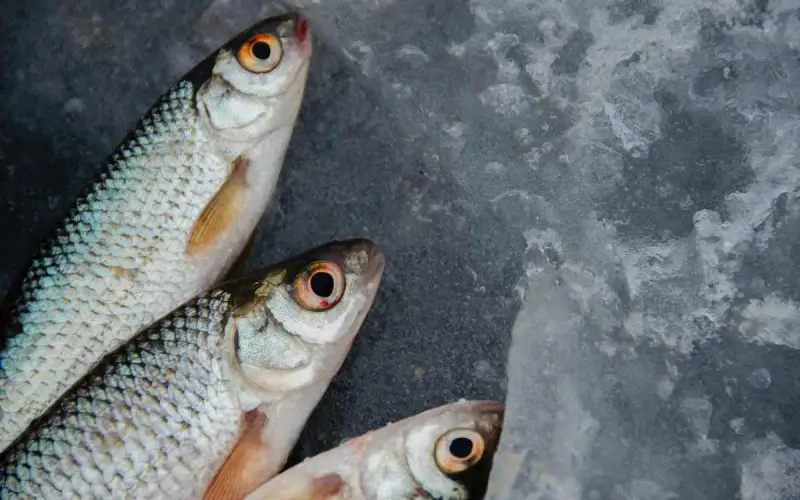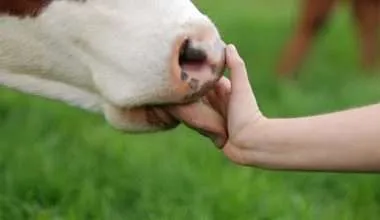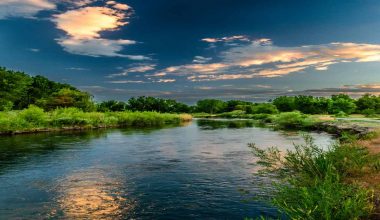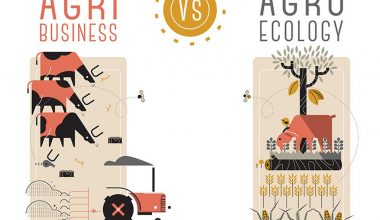Table of Contents Show
What is Aquaculture?
Aquaculture, also commonly known as aquafarming or fish farming, is an industrial process of farming marine animals. These include fish, algae, mollusk, shellfish, aquatic plants, etc.
It involves breeding, raising, harvesting and stockpiling marine species in freshwater and on the marine coast. These marine animals can be used for various purposes, mostly for consumer consumption.
With latest studies estimating 70% of world’s fish stock already depleted due to overfishing, aquaculture offers a great eco-friendly alternative. Aquaculture is an alternative that can easily fulfill growing demands of the world without straining marine ecosystems.
Since past few decades, the industry has been growing at a tremendous pace and is expected to be worth $242 billion by 2022.
However, some people have raised concerns and fears regarding the viability of this industry in future. Some of these we’ll talk about in disadvantages of Aquaculture.
Advantages of Fish Farming
1. Employment Opportunities
Aquaculture is one of those industries that create a huge employment opportunity for the local community.
This is because Aquaculture is a labor-intensive industry. From feeding to harvesting, manual labor is employed at most stages.
This makes fish farming very special to low and middle income countries where a significant majority of the population suffers from poverty.
2. Development
The money is used by the farmers for feeding and educating their families. Their goal is to exit the poverty cycle. Some have succeeded.
Many people utilize this money to invest in development of their communities or even setting up their own fish farms.
This means that aquaculture can be a source of capital for various small industries. This will lead to large-scale revenue generation and tax collection. Tax collection will arm the government with funds to invest in large-scale development and ability to provide incentives.
3. Reduced Pressure on Wild Species
The food produced from farming is a great way of relieving the rising pressures on the fishing industry.
The fishing industry is always under great pressure to continuously supply wild marine life for human consumption. Some marine species have already become critically endangered or reached extinction.
Fish farming helps to reduce the deficits in seafood market and allows more people to have fish at affordable rates.
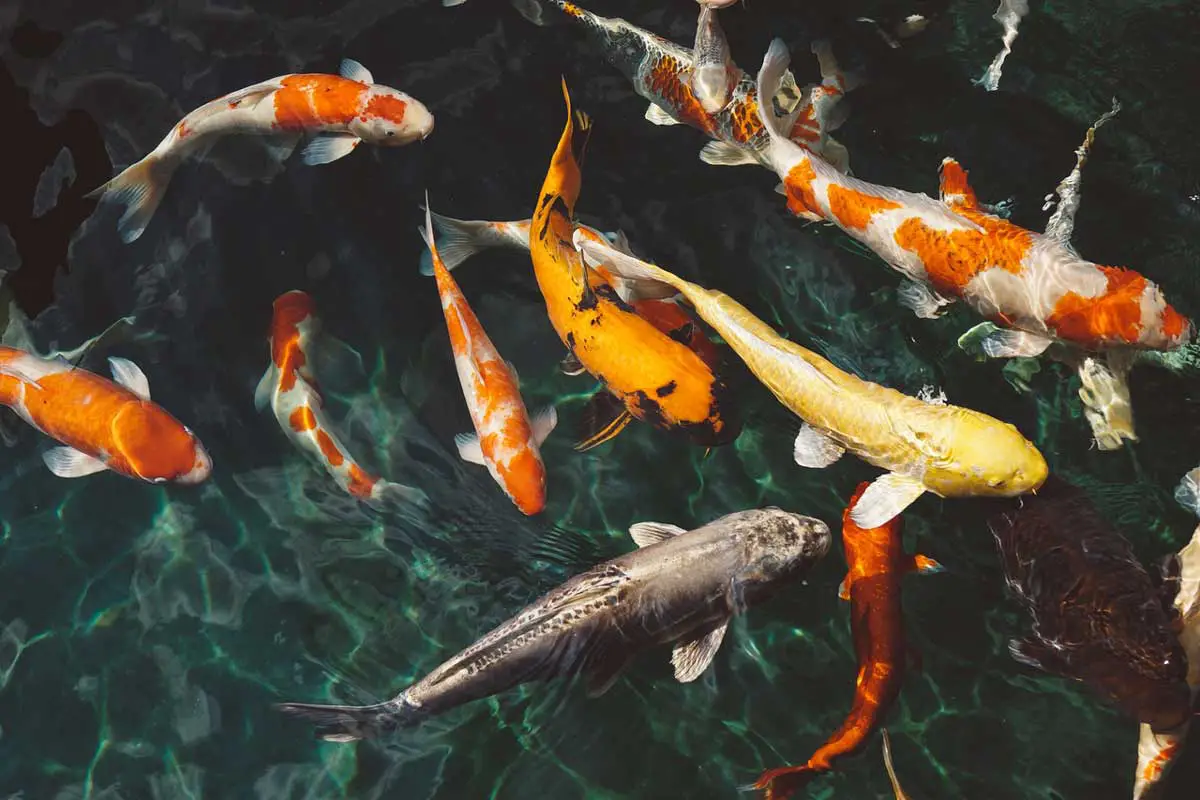
4. Protection of Coastal Areas
Aquaculture farms are preferred to be set up in coastal areas.
This means fishing industry can use the space and save these areas from other industries and developmental work, which usually result in water pollution.
Hence, fish farming can lead to a sustainable natural environment on coastal lines.
5. Research
Aquaculture gives scientists an incredible chance to look and understand how marine species behave and interact in their habitat.
This is a crucial piece of information that can be used to help endangered marine species and plants in the ocean.
Using this strategy, there are some farms which breed nearly-extinct species to conserve and increase their numbers. After they grow and it becomes feasible, these species are released into the wild. However, they are released in small numbers so they don’t trigger a trophic cascade.
An emerging use of aquaculture is to grow certain aquatic plants that can provide materials or products for other industries like pharmaceuticals and biotechnology.
6. Water Filtration
Some countries, like India, pump treated sewerage water into aquaculture farms.
The sewerage is injected into fish farms for almost a day. This is so that all available nutrients in the water can be taken up by animals and plants.
This filtered water is then sent to canals for use in agriculture.
This has been a great initiative that recycles nutrients in sewerage as well as reduces water filtration costs.
Disadvantages of Aquaculture
On the other hand, the arguments against the fish-farming industry have been gaining momentum. This is especially true since new technologies are being used. This has created an uncertainty regarding consuming fish that is developed through fish-farming.
Let’s dive into discussing some of the disadvantages of aquaculture.
1. Diseases
The biggest fear is that new studies have shown a growing number of diseases and parasites in these farms, especially in those which are not managed properly.
This is also because fish farms contain a limited population and there are not many mates to breed with. Continuous Inter-breeding results in weak off-springs which are unable to fight off disease.
Since the farms are limited in size, diseases can quickly spread among breeding populations.
There is a very real possibility that those diseases can harm humans who consume those fishes as well!
Hence, frequent testing should be done to prevent any sort of parasites and diseases.
2. Dangers to Wildlife
In fish farms, fishes are provided with certain resources that wild fishes also need. Since it’s a business, fish farmers prefer obtaining those resources from the ocean for free. The goal of the farm is to create an artificial environment that resembles the wild as much as possible.
Over time, this leads to a conflict in local ecosystem for shared resources as more resources are always allocated to the farms.
The chemicals and feed used in these farms might be beneficial to these species, but they can easily upset the marine environment of the area.
3. Unknown Long-Term Effects
Moreover, one of the biggest problems with aquaculture is that outcomes are still unknown to many.
When alien marine species are brought in from other countries to grow exotic fishes, it compromises the gene pool of that native region.
When foreign alien species are allowed to interbreed, it could pose a significant risk to the native marine life in those farms.
Therefore, some have warned against further investments in this industry till the science can show what the outcomes are.
To be honest, unprecedented long-term environmental effects are seldom known until it’s too late.
4. Unemployment for Traditional Fisherman
Then there is another risk which is very well known, the risk to conventional fishermen.
As the aquaculture industry keeps growing, there is increasing danger to small fisherman who rely on traditional fishing techniques for livelihood.
Fishermen are usually at the lowest of income classes. They depend on fishing for their whole families. This is why ensuring that they have a livelihood left is important.
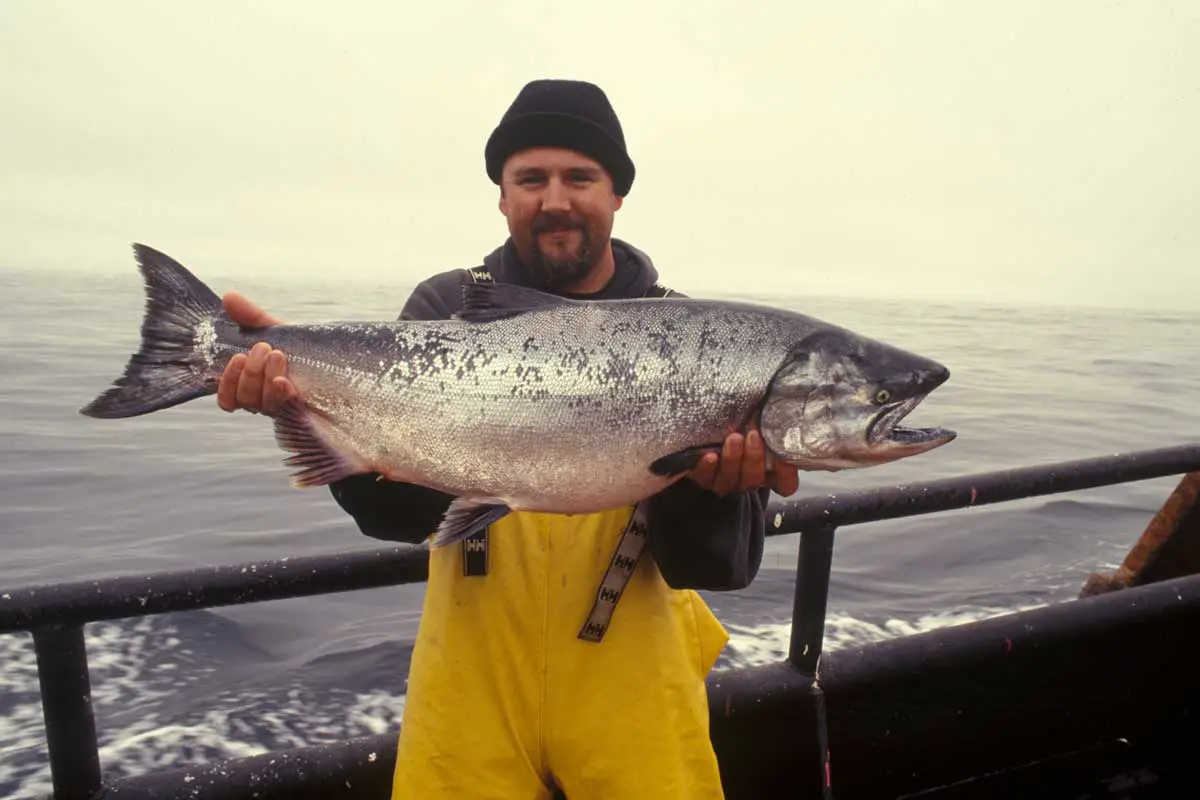
For example, Governments looking to promote fish farming should also provide more incentives to existing traditional fishermen so they can continue to be employed. Incentives could include no-interest loans or subsidies on fish farming equipment and installation costs. Government can even launch programs to teach new techniques to existing fishermen.
5. Demand for Specific Resources
For setting up any land-based aquaculture farm, a very specific type of terrain is preferred. The plains are most suited to fish farms.
This land should not have a steep gradient. Soil shouldn’t be too permeable, or else the water seeps in.
With river-based farms, such requirements do not matter. However, there is increased competition in lakes and rivers for other resources like food.
6. Visual Impact
Another factor to consider is that these farms are mostly built on shores. This severely damages aesthetic beauty of the region.
Land-based aquaculture farms have little impact on aesthetics of the region. Some fish-farmers have even managed to design them in ways that actually increase the attractiveness of the area. The landscaping is done to improve functionality of the land for fish farms and aesthetics for the public.
However, use of cages and pens is quite unattractive and disturbs scenic beauty. This can negatively affect the tourism industry in an area.
Conclusion
Regardless of how it turns out in the end, the industry has been growing at an extreme pace and this has warranted more research into it.
Until scientific committee doesn’t show definite results, it is difficult to prove how correct our fears regarding the industry are. What is true for now, is that fish farming has the potential to mitigate many of the problems faced by marine life today.
